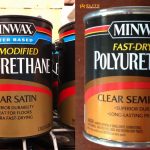Whitewood Vs Pine: How Do They Compare?
Wood is a construction material that’s eco-friendly, energy-efficient, and easy to work with. Pine and whitewood are two commonly used types of wood in some construction projects.
But how do you compare whitewood vs pine? These two woods differ in their grain patterns, weight, and durability, with pine being the stronger option. Nevertheless, both kinds of wood are excellent choices, as they are readily available and manipulatable. The decision on which to use depends on individual preferences.
This article provides additional details about whitewood and pine, highlighting their similarities and differences. It can assist you in selecting the one that best suits your needs.
Whitewood Vs Pine Comparisons
Timber is among the oldest used construction materials by humans since it’s readily available in nature. Whitewood and pine are two common types of wood used as they are easy to forge and widely available.
- Whitewood, a common type of softwood, usually represents various species, including spruce, fir, and hemlock. They are known for their light color and are native to northern regions, including Canada.
- On the other hand, pine is type-specific, representing trees under the genus Pinus. There are over 120 species of trees in this group, including eastern white pine and ponderosa pine.
Sometimes, the two types of wood can be confusing to tell apart despite one being a softwood and the other a hardwood. In some regions, pine in lumber mills is referred to as whitewood.
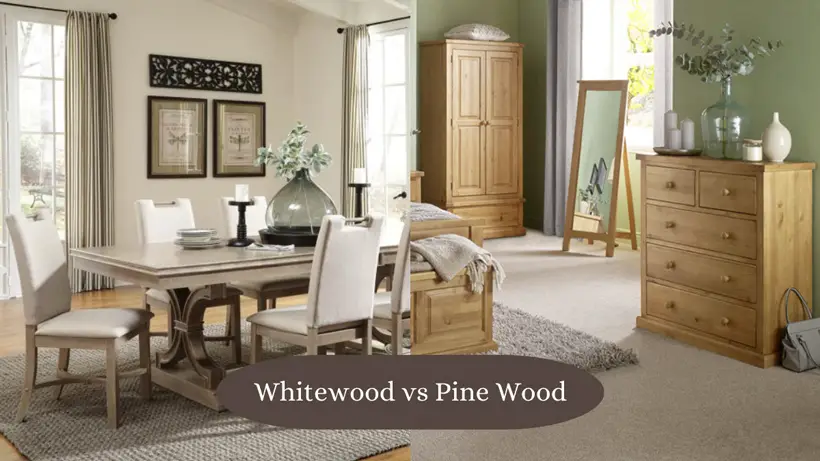
The Similarities and Differences between Whitewood and Pine
The following list contains some similarities and differences between whitewood and pinewood to help you understand them better.
Differences
Following are some differences between whitewood and pinewood.
- Grain Pattern
One of the ways to tell the two apart is by their grain pattern. Usually, whitewood’s grain pattern is straight and even. It also runs parallel to the length of the wood and has a consistent look.
Pine usually has a varying pattern and has more pitch pockets and streaks along the length. Pine also has more knots of varying sizes, and the grain can be straight or wavy.
- Color
Another difference between the two types of wood is in its colors. While both are light, whitewood has a creamy hue on its sapwood while pine has a very light color. Southern yellow pine can have a pale yellow or orange-white color.
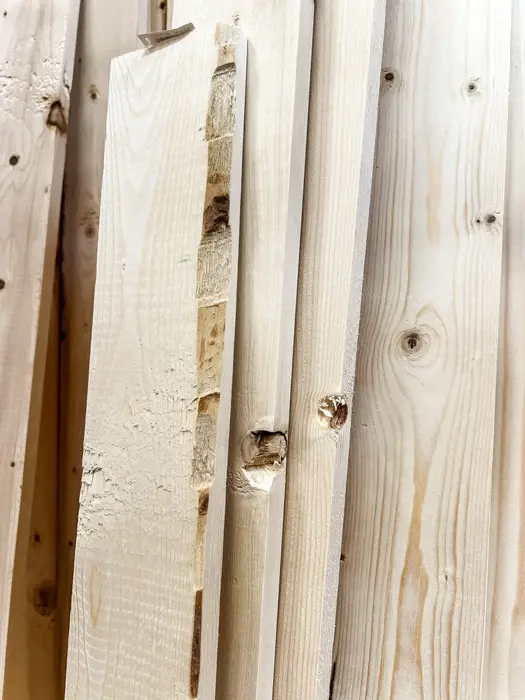
- Hardness
The two woods’ hardness also varies, with pinewood being the harder one. For instance, the southern yellow pine has a rating of 690 lbf, while whitewood, like spruce, has a rating of 510 lbf.
- Weight
The weight between the two types of wood varies, with pinewood being the heavier one. Pinewood is denser than whitewood, with the southern yellow pine weighing 3.27 pounds per board foot. Douglas Fir weighs 3 pounds per board foot. However, the weight of each tree varies with the species.
- Moisture Content
The moisture content in the wood helps in determining various properties like decay resistance and weight. The southern yellow pine moisture content is 8% while that of Douglas Fir ranges between 12% and 18%.
- Durability
Both types of wood are durable, but pinewood has an edge slightly. Its superior durability is due to its resin content, allowing it to better resist rot and insects. However, both types usually undergo pressure treatment, improving their durability.
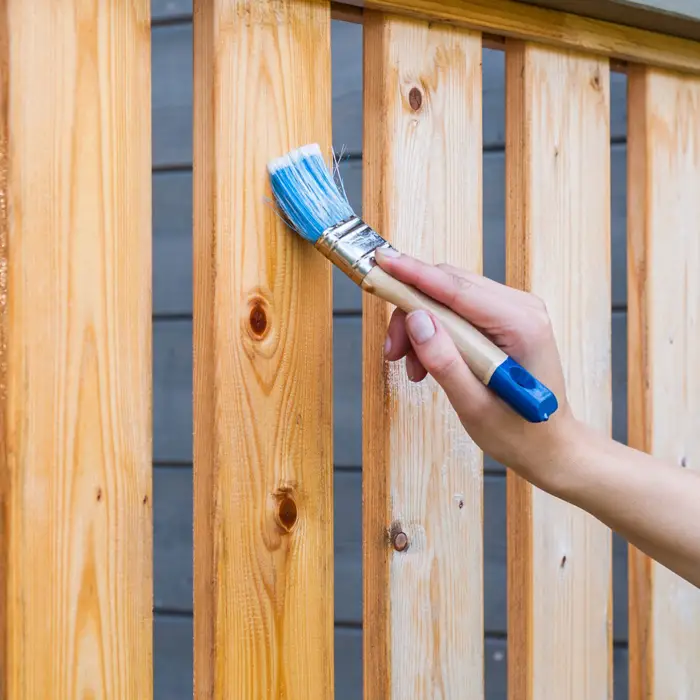
- Suitable Projects
Whitewood and pinewood vary in terms of projects that suit them. Their differences are usually based on their durability, weight, and appearance. For instance, whitewood is ideal for smaller projects and usable in making various things, including paper, plywood, crates, and furniture frames.
On the other hand, pinewood makes good wood for more complex projects that require a more durable material. This wood can make various wooden objects, including poles, cabinets, and interior trims, and flooring.
- Price
Another difference between whitewood and pine wood is price, with pinewood being slightly more expensive. The extra durability and capability on more complex projects make pinewood expensive.
The price of pinewood can range between $2 and $5 per square foot. The spruce wood can range between $0.50 and $3 per board foot. However, some pines, like the eastern pine can cost as low as $2.
However, prices usually vary by various factors, including size, grade, and location. Nevertheless, both species are available in most locations, which helps keep the price moderate.
Similarities
Following are some similarities between pinewood and whitewood
- Workability
Both pinewood and whitewood are easy to work with, including cutting and shaping. They can also be used for aesthetic purposes, one having a consistent look while the other has a natural look.
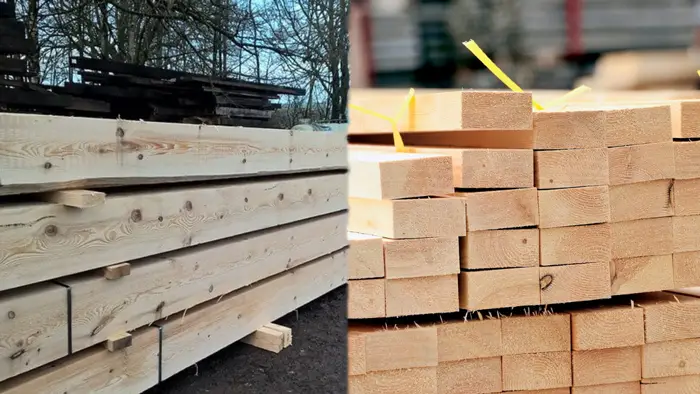
- Availability
As mentioned earlier, both types of trees are available in most regions, including North America, Europe, and Asia. The availability makes them popular and affordable.
Which Should I Use Between Whitewood and Pine?
While both whitewood and pinewood can get the job done, you can base your options on various factors. They include
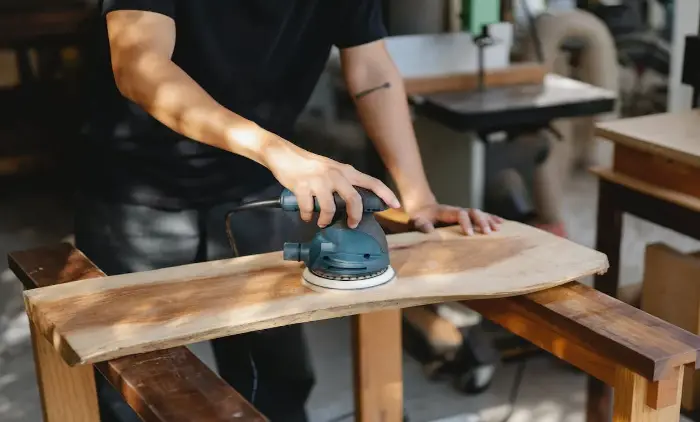
a) Type of Project
The type of work you intend to use the wood for can be the first determinant of the wood you use. For a complex project that requires durable materials, go with pinewood.
On the other hand, simple construction projects, like framing, need lighter wood, and whitewood can be a good choice.
b) Desired Appearance
The type you use can also depend on the aesthetic look you want on the project. If you want a uniform and consistent appearance, use whitewood. Otherwise, if you want a natural look, use pinewood.
c) Budget
Budget is another factor that can help you decide on the wood to use in your construction. If you’re on a tight budget but still want to use quality wood, use whitewood, which is cheaper.
How to Tell If You Are Buying Whitewood or Pine
When buying wood, you’ll sometimes be faced by problems determining the type of wood you’re buying. However, there are several ways you can tell the two apart.
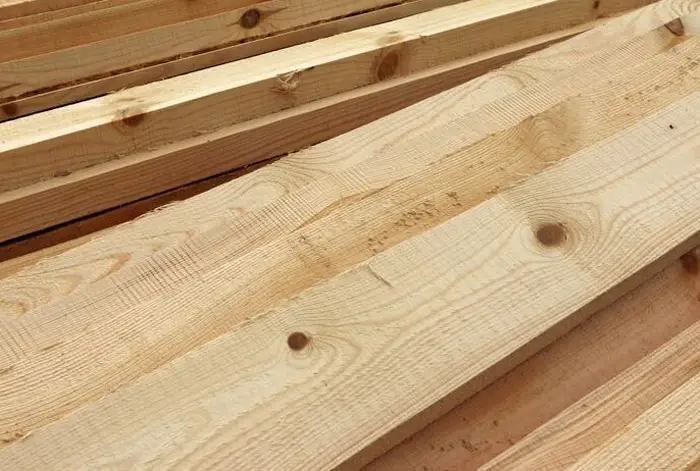
1. Request Information from the Seller
One way to tell the wood you’re buying is by requesting the seller for information about the wood. A reputable seller should be able to tell you the exact type of the wood, and whether it’s whitewood or pine.
2. Look for Grade Markings
In other cases where there is no seller to request information from, you can check the grade marking. Some woods have markings, including SYF, SPF, and SYP, used to label different types of trees.
- SYF: means pine or Fir
- SPF: stands for Spruce, Pine, and Fir
- SYP: means southern yellow pine, which is a pine
The marking tells you which tree the wood is likely from except for SYP which is for pine.
If you’re deciding between whitewood and pine for your project and need guidance, our guide on how to apply polyurethane with a rag might also provide insights into finishing techniques. Additionally, if you’ve accidentally left wood conditioner on for too long and are facing issues, our article on wood conditioner left on too long could offer solutions for addressing this common concern. We understand the importance of selecting the right wood and ensuring proper finishing steps, and our comprehensive resources are designed to help you navigate and make informed choices for your woodworking projects.”FAQs
Following are the frequently asked questions on this topic.
Q1. Is Pine Whitewood?
No. Pine and whitewood are different, but often, most lumber yards use the term whitewood for both. When shopping for wood, ask for more details since some whitewoods have labels, like SYP, standing for southern yellow pine.
Q2. Is Whitewood Usable for External Constructions?
Whitewood does not work best when used for external constructions as it’s not naturally resistant to damage by insects and rot. However, treated whitewood can be used for external construction as it’s more durable.
Q3. Does Pine have a stronger Odor Than Whitewood?
Yes. Pine has a woody odor, which is often stronger than that of whitewood. The low plant resin content in the whitewood usually contributes to this mild natural scent, compared to pinewood.
Conclusion
When it comes to creating aesthetic finishes, both whitewood and pine are great options. They have unique patterns and are also readily available in most regions. However, some differences exist, including that pine is heavier and more durable than whitewood.
Therefore, when choosing between the two, it is important to consider the nature of your project and its durability requirements. While both types of woods can accomplish the task, seeking advice from the construction professional or miller is always a good idea.



